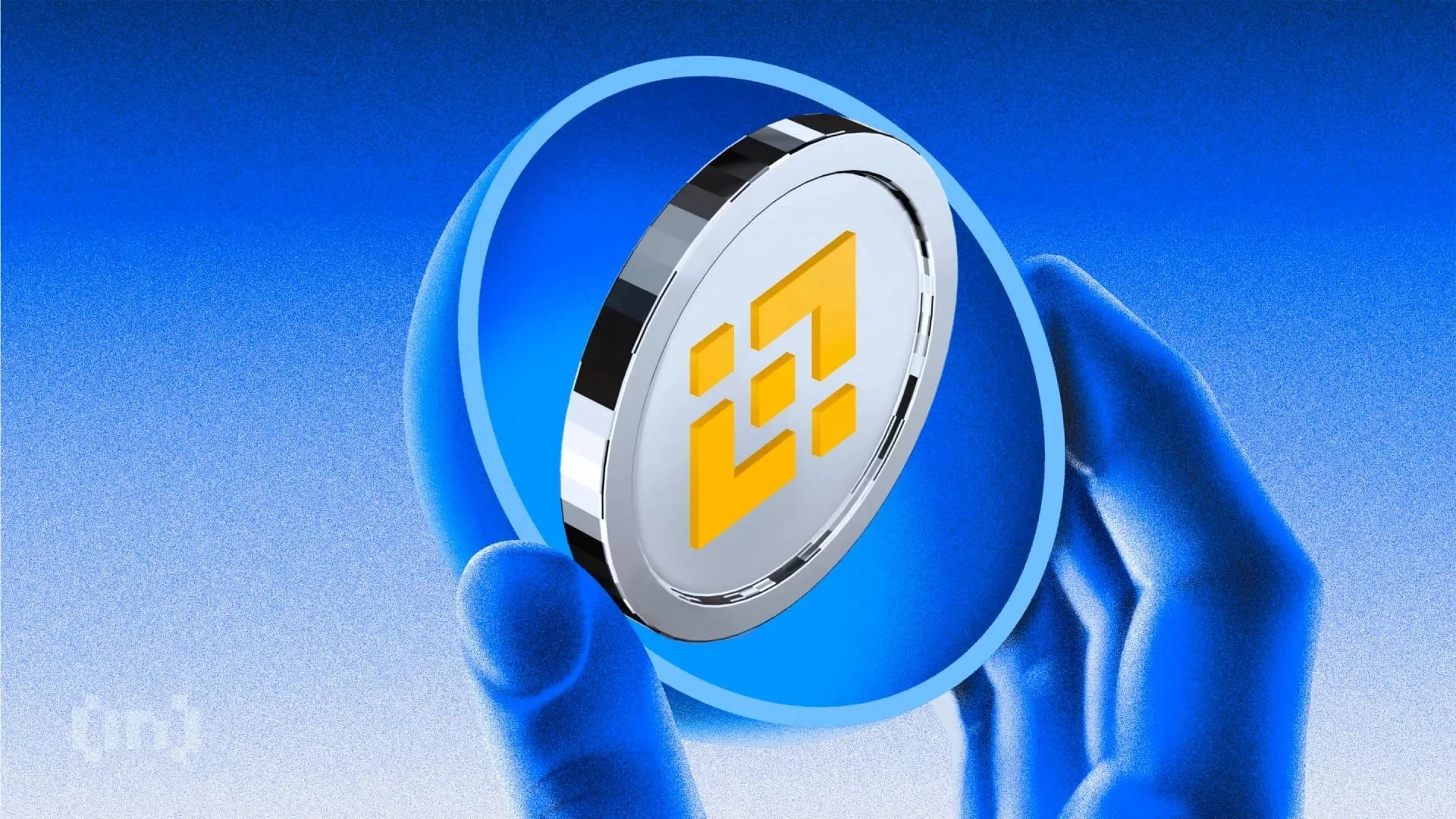Blockchain technology, initially conceived for cryptocurrencies like Bitcoin, is transforming finance. Its decentralized, secure, and transparent nature offers innovative solutions for traditional financial systems.
The Fundamentals of Blockchain and Money
Содержание статьи:
Blockchain is a distributed ledger technology that records transactions across a network of computers. Each transaction is grouped into a ‘block,’ linked to the previous block, forming a ‘chain.’ This structure ensures immutability and transparency, making it ideal for financial applications.
Key Advantages of Blockchain-Based Money
- Reduced Transaction Costs: Eliminating intermediaries reduces fees associated with traditional banking systems.
- Faster Transactions: Blockchain enables near-instantaneous global transfers.
- Increased Security: Cryptographic security protects against fraud and hacking.
- Greater Transparency: All transactions are recorded on a public ledger, enhancing accountability.
Real-World Applications of Blockchain in Finance
Blockchain is finding applications in various financial areas, including:
- Cross-Border Payments: Companies like Ripple are using blockchain to facilitate faster and cheaper international payments.
- Asset Management: Blockchain enhances transparency and efficiency in managing assets like real estate.
- Supply Chain Finance: Tracking goods and payments on a blockchain ensures transparency and reduces fraud.
- Anti-Money Laundering (AML): Blockchain provides a permanent, auditable trail of transactions.
Beyond these specific use cases, blockchain technology is also being explored for creating new forms of digital money, such as central bank digital currencies (CBDCs). These digital currencies could potentially offer greater financial inclusion and efficiency.
